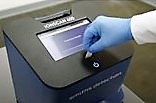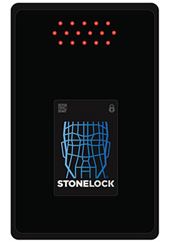He commented: “Airports have always been pioneers when it comes to trialing and implementing new technologies, from biometrics, video analytics, and security scanning, to automated check-in, and passenger information solutions. But these systems and devices are usually deployed and managed in isolation.
“The problem with this approach is that it creates benefit gaps; data from individual systems that could potentially provide greater context and insight simply falls through the cracks. Ultimately, this means airports aren’t getting maximum benefit from the data generated from the technologies they invest in and could be missing out on the opportunity to improve processes key to safety, security KPIs, and ultimately passenger satisfaction.
“It is an issue that can be solved by bringing everything together into an integrated and interoperable command and control environment ‒ that’s what this session will explore.”
Alcorn explained: “There’s a lot of talk about how AI can and should be adopted by airports to improve specific operational aspects – especially around security – and it is becoming a valuable tool for operational support. In most cases, however, what’s actually meant is IA (Intelligent Automation), which is good news, because this is being fully deployed right now.
“For instance, by integrating live data sources – including responses from operators prompted using questions based on the specific circumstances detected – an interoperable command and control solution knows to automatically dispatch additional staff to check-in because queues are exceeding specific lengths and a nearby traffic accident is likely to result in a lot of last-minute arrivals.
“In an alternative scenario where a child has been reported missing, the solution can recognise the distinguishing factors ‒ such as the colour of a jumper or backpack ‒ to auto-search video footage using analytics. It can then simultaneously present the live footage to control room operators for visual verification, alert the nearest security staff, and push the relevant footage and location to their mobile device.
“From a security perspective, automated procedures can be initiated to override access control doors and initiate area lockdowns when facial recognition and ID used don’t match in an authorised personnel-only zone.
“This kind of intelligent automation is what’s possible when the right integration, interoperability, and rules are applied to unified data.” he concluded.














